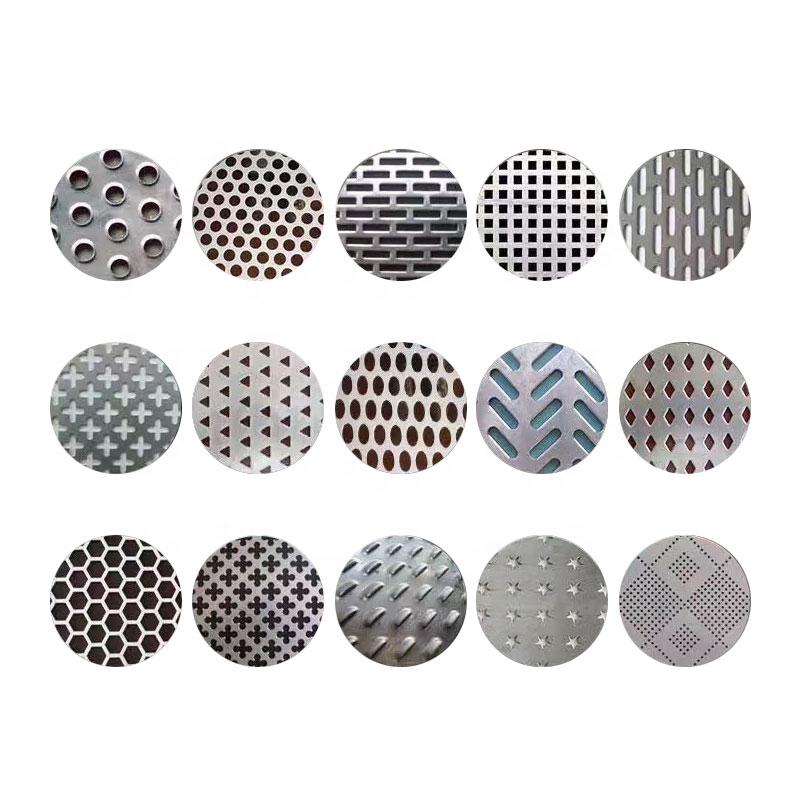Types of Noise Barriers
Noise pollution has become a significant concern in urban environments, where the hustle and bustle of daily life can lead to overwhelming sound levels that negatively affect the quality of life for residents. To combat this, noise barriers are increasingly used to mitigate the impacts of traffic noise and other environmental sounds. In this article, we will explore the various types of noise barriers, their materials, mechanisms, and effectiveness.
1. Earth Mounds (Earthen Barriers)
One of the most environmentally friendly options is the use of earth mounds or berms. These natural barriers are created by piling earth and vegetation, which not only dampens noise but also enhances aesthetics and biodiversity.
The effectiveness of earth mounds comes from their mass and height. Sound waves are deflected upwards and dissipate as they travel away from the source. However, the construction of earth mounds requires significant space and may not be feasible in densely populated areas. Furthermore, vegetation can take time to grow, delaying the noise reduction benefits.
Concrete noise barriers are among the most common forms used, particularly along highways and busy roads. These solid structures can be pre-cast or poured in place, often reaching heights of up to 20 feet.
Concrete is effective in blocking sound due to its density and mass, which prevent sound waves from passing through. Additionally, they can be designed with varying heights and shapes to optimize their noise-reducing capabilities. However, concrete barriers can be stark and uninviting, often leading communities to push for more visually appealing alternatives.
3. Acrylic and Polycarbonate Barriers
For a more modern approach, acrylic and polycarbonate barriers provide an excellent solution without sacrificing visibility. These transparent materials can be used in environments where aesthetics and sightlines are important, such as near residential areas or scenic routes.
While they can effectively attenuate high-frequency noise, they may be less effective for lower frequencies, particularly when compared to heavier materials like concrete. Nevertheless, their light weight and ease of installation make them an attractive option for certain applications.
types of noise barriers

4. Wooden Barriers
Wooden noise barriers offer a natural look and can blend seamlessly into landscapes. Often constructed from treated wood or composite materials, these barriers can provide adequate sound reduction while adding visual warmth to an area.
However, wooden barriers may not have the same longevity as concrete or metal options, as they can be subject to weathering and require maintenance. They also tend to be less effective in terms of sound insulation, especially if not constructed with additional sound-dampening features.
5. Green Walls (Living Walls)
A more innovative and eco-friendly solution is the use of green walls or living walls. These barriers consist of a structural frame embedded with soil and vegetation designed to absorb sound. The plants not only act as a noise buffer but also enhance air quality and biodiversity.
While they offer dual benefits, green walls can be more costly to maintain and may require specific environmental conditions to thrive. Moreover, their sound-dampening effectiveness varies based on the type of vegetation used.
6. Combinations of Materials
In many cases, the best solution involves a combination of materials. For example, a wooden structure with vegetation on top can provide both sound absorption and aesthetic appeal. Furthermore, integrating sound-reducing pavements, acoustic panels, and strategic landscaping can enhance overall noise control strategies.
Conclusion
In conclusion, the selection of noise barriers depends on various factors, including the specific noise reduction needs, aesthetic considerations, and environmental conditions. Each type of barrier has its strengths and limitations, and often a tailored approach yields the best results. As urban areas continue to grow and noise pollution becomes a more urgent issue, innovative solutions in sound management will remain a critical focus for urban planners and communities alike.
-
Why Galvanized Trench Cover Steel Grating Resists Corrosion
NewsJul.10,2025
-
The Versatility and Strength of Stainless Expanded Metal Mesh
NewsJul.10,2025
-
Load Calculations in Steel Grating Platforms
NewsJul.10,2025
-
Keeping Pets and Kids Safe with Chicken Wire Deck Railing
NewsJul.10,2025
-
Hole Diameter and Pitch for Round Perforated Metal Sheets
NewsJul.10,2025
-
Aluminium Diamond Mesh in Modern Architecture
NewsJul.10,2025
Subscribe now!
Stay up to date with the latest on Fry Steeland industry news.

